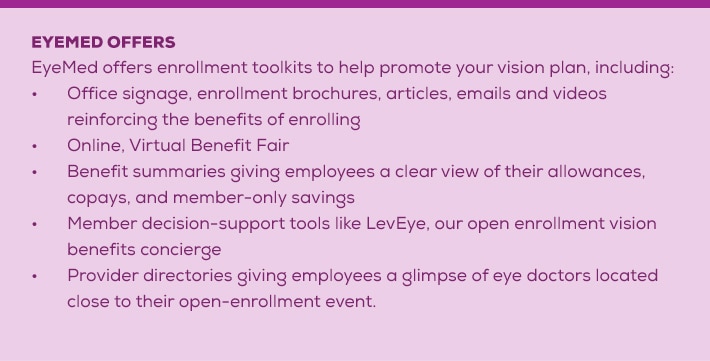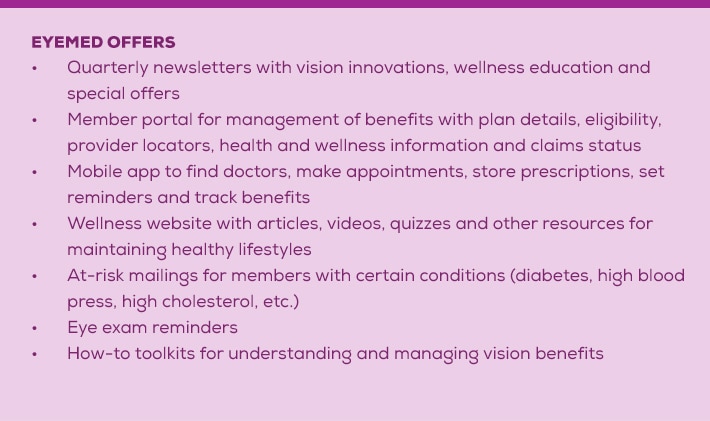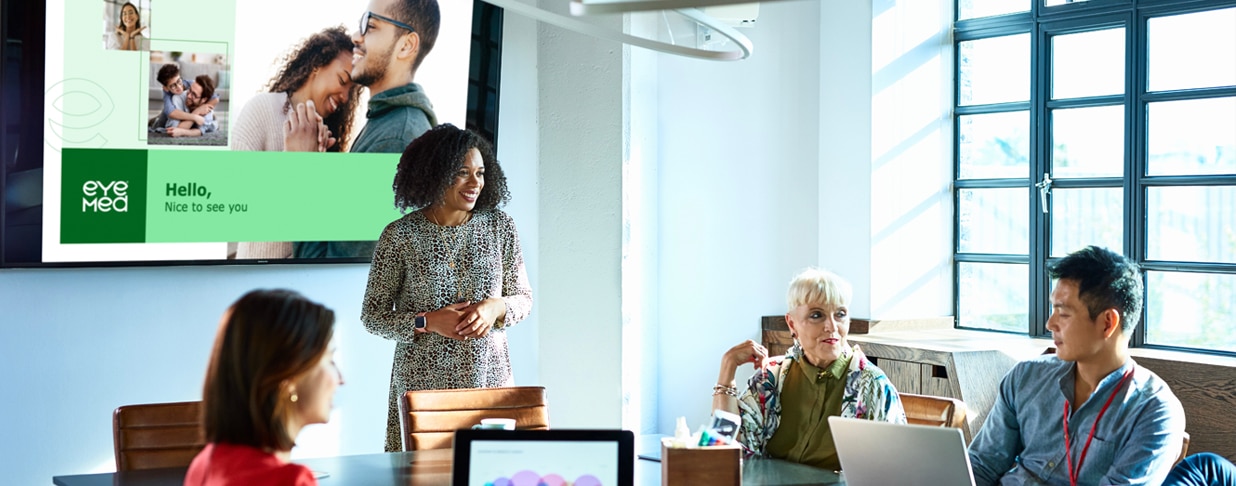Why are the uninsured healthcare rates among young adults ages 19 to 34 the highest of any age group in the United States?1
It may be that, just coming off of their parents' healthcare benefits, they are not used to thinking about such things–in particular all of the people 26 who will soon be "aging" out of their parents' plans under the Affordable Care Act. Or maybe, they're just starting out and don't think they should spend the money.
And let’s face it, insurance can be complicated with complex terminology and comparison charts. It’s likely that many young adults simply don't understand it. In fact, just over half (51%) of surveyed 18-29 year-olds could not define what a deductible is and almost half (48%) couldn't accurately define the word copay.2
Whatever the reason, not enrolling in health benefits could result in costly mistakes. It can be expensive for employers, too, as the cost of poor health among workers can account for about 60 cents of every dollar an employer spends on health care benefits.3
Transforming coverage newbies into benefits experts
As an employer, you are the best wellness advocate for your employees. And the most efficient way to get these coverage newbies on board is to transform them into benefits experts. You can help them understand their option and coverage details and engage them in the way they are most receptive. Here are some tips for doing just that–from pre-enrollment to sign up and beyond:
Pre-enrollment
The pre-enrollment period is a great time to start educating employees and increase the odds that they sign up and use their benefits. Begin by sharing information regarding benefit options including potential savings, as well as the broader health and preventative care benefits for even seemingly healthy employees. Get them excited about their benefit options.

Enrollment
The enrollment process should be simple and engaging. Consider offering a personalized virtual benefit fair for your employees to visit online. Share emails, videos and interactive tools customized to your benefit plan. Members who understand their benefits are more likely to value and use them, so it's important to make it easy for them to compare and enroll.

Ongoing communication and support
After enrollment, employers have every reason to keep employee benefits top of mind. After all, you want them to get the most value from their benefits. This requires communications throughout the year. While there’s no magic number of touchpoints, the more frequent the better for a greater chance of getting your message heard.

Also, consider how your employees like to receive information. For example, today's younger generations are "more trusting of digital communications than any other generation," and they expect personalized information "tailored to their needs."4 A multi-channel approach with a variety of tools to reach employees can lead to greater benefits engagement and usage.
Most importantly, a healthy workforce that is confident in their benefits should be happier, more engaged and more profitable, regardless of age. That’s not just hindsight, that’s 20/20 foresight.
••••
1 "Uninsured Rates Highest For Young Adults Aged 19 to 34," by Douglas Conway, October 26, 2020.
2 "Nearly Half of Consumers Don't Understand How Their Health Insurance Would Pay for Coronavirus Testing and Treatment, According to A New NAIC Survey," National Association of Insurance Commissioners, October 6, 2020.
3 “Poor Worker Health Costs U.S. Employers Half Trillion Dollars a Year,” by Bruce Japsen; Forbes.com; November 15, 2018.
4 "How Your Customers Connect: Communication Preferences by Generation," Twilio, accessed April 7, 2021.




